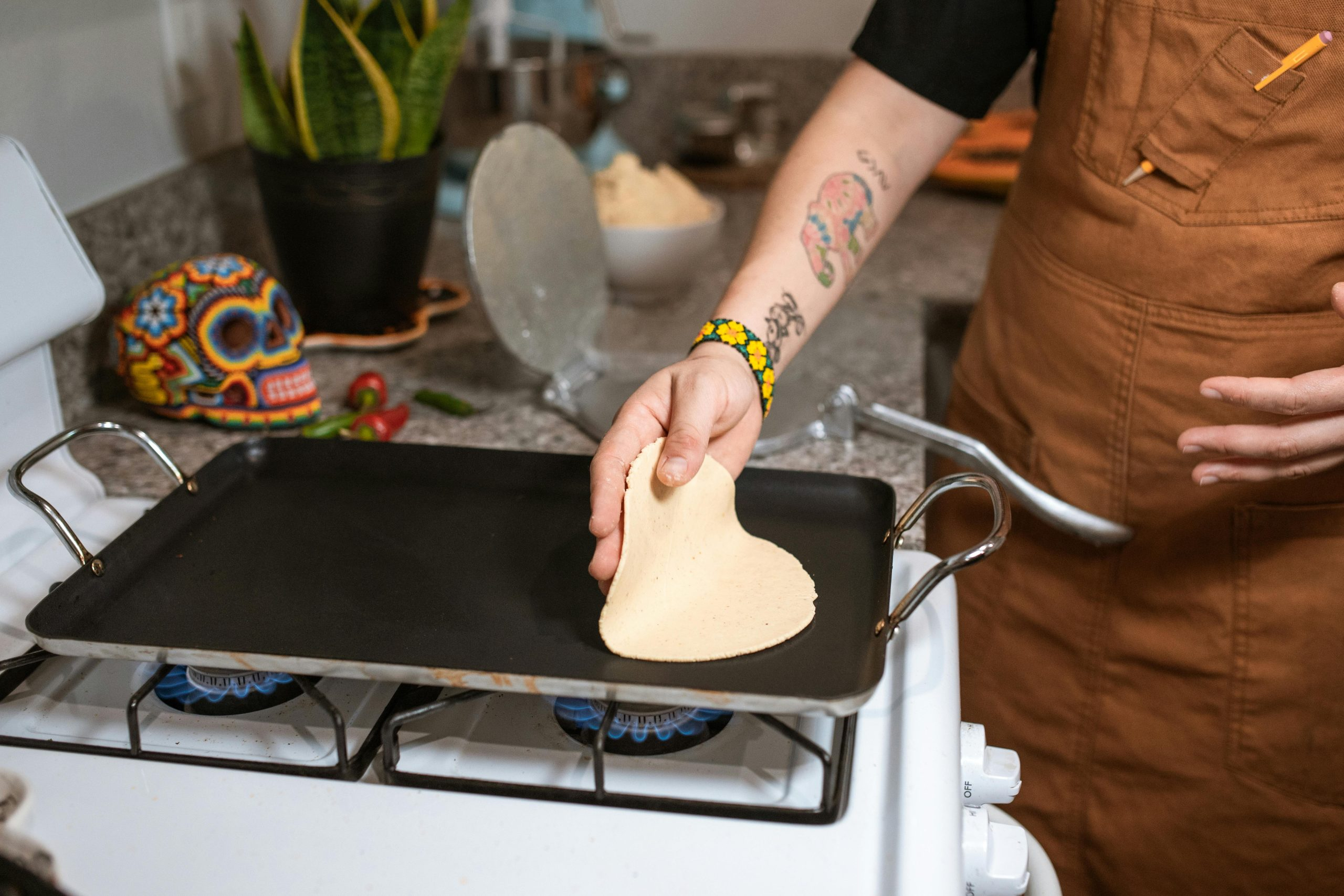Identifying authentic craftsmanship in artisan marketplaces
When shopping for artisan products, it can be difficult to determine if the item is truly handcrafted or if it was mass-produced in a factory. In recent years, the popularity of artisan marketplaces has exploded, making it even more challenging to identify authentic craftsmanship. However, with a few key tips and a discerning eye, you can learn to differentiate between genuine artisan goods and their imitators. In this article, we’ll explore the qualities that make up authentic craftsmanship and how you can spot them in artisan marketplaces.
What is Authentic Craftsmanship?
Authentic craftsmanship refers to the process of creating an object by hand, using traditional methods and techniques, rather than relying on machines or mass production. This exacting process requires a high level of skill, precision, and attention to detail, resulting in unique and high-quality products.
Craftsmen and women dedicate years to mastering their trade, honing their techniques and passing down knowledge through generations, resulting in products that are imbued with history and cultural significance. These items are treasured for their quality, uniqueness, and the personal touch that goes into their creation.
The Rise of Artisan Marketplaces
In recent years, there has been a surge in the popularity of artisan marketplaces, both online and in-person. These marketplaces offer a platform for skilled artisans to showcase and sell their products directly to consumers, without going through traditional retail channels.
While the rise of these marketplaces has been beneficial for many talented artisans, it has also led to an influx of mass-produced or imitation products falsely marketed as handcrafted. This not only undermines the hard work and dedication of genuine artisans but also confuses consumers trying to support and purchase authentic craftsmanship.
Identifying Authentic Craftsmanship in Artisan Marketplaces
1. The Story Behind the Product
One of the first things to look for when determining the authenticity of a product is the story behind it. Genuine artisans take pride in their craft and love to share their process and inspiration with others. They will often include information about their techniques, materials used, and the cultural significance of the product on their website or product descriptions.
Moreover, genuine artisans also take into account the impact of their work on the environment and the community. They will often use sustainable materials and ethical practices, which they will proudly tout in their product descriptions.
2. Quality Materials and Attention to Detail
Another hallmark of authentic craftsmanship is the use of high-quality materials and attention to detail. Genuine artisans take pride in their work and will ensure that only the best materials are used in the creation of their products. This results in items that not only look fantastic but also stand the test of time.
Moreover, handcrafted products will often have slight variations or imperfections, adding to their character and uniqueness. This attention to detail is what sets handmade products apart from their machine-made counterparts.
3. Traditional Techniques and Processes
Authentic craftsmen and women take great pride in preserving traditional techniques and processes, passing them down through generations. This dedication to maintaining the integrity of the craft is evident in the finished product.
Take the time to research the techniques and processes used by the artisan to better understand the skill and effort that goes into creating their products. This will not only help you appreciate the product but also make it easier to identify authentic craftsmanship.
4. Personal Connection with the Artisan
One of the best ways to ensure the authenticity of a product is to personally connect with the artisan. Many artisan marketplaces offer the opportunity to communicate directly with the creator, whether through online messaging or in-person events and workshops.
By engaging with the artisan, you can learn more about their craft, ask questions, and get a better sense of their passion and dedication to their work. This personal connection can also lead to a deeper appreciation for the product and the story behind it.
In Conclusion
In a world where mass-produced products dominate the market, supporting genuine artisans and their handcrafted products is more important than ever. By identifying the qualities of authentic craftsmanship and taking the time to connect with the artisans behind the products, you can ensure that your purchases are truly unique, high-quality, and made with care and dedication.
Remember, the value of authentic craftsmanship lies not just in the product itself but also in the story and tradition behind it. So, the next time you’re shopping in an artisan marketplace, keep these tips in mind to help you identify and support genuine artisans and their incredible work.










